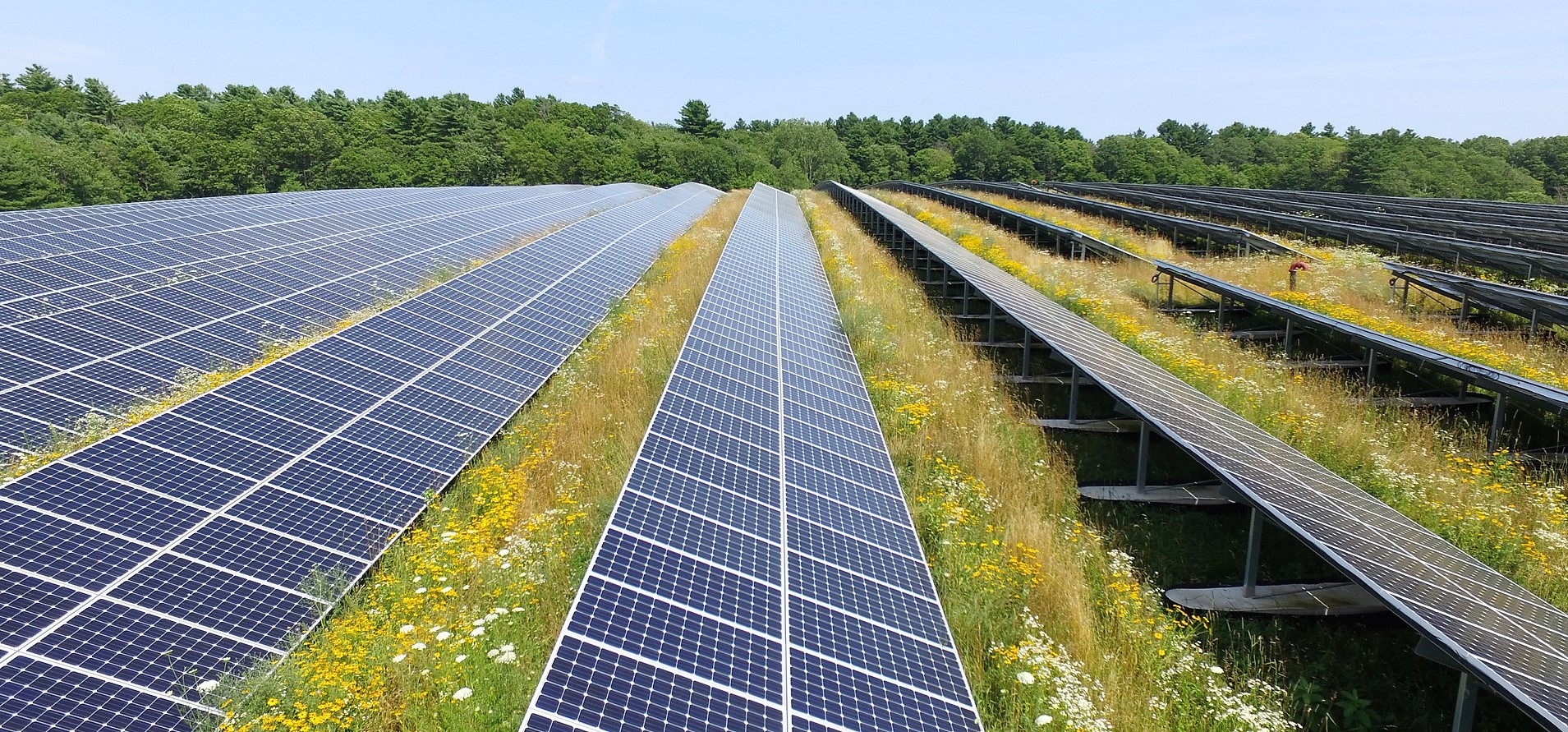Stage Set for Solar Comeback in Massachusetts
Thursday, Oct 04 2018

Massachusetts is living proof of something we are seeing across the United States: the public’s demand for solar is far outpacing the policies that support more power from the sun. An overwhelming majority of Massachusetts voters — 84 percent — say there should be more solar in the Commonwealth, according to a September WBUR/MassINC poll. Those results mirror a new national poll SEIA commissioned that shows solar is the public’s preferred source of energy.
Yet in Massachusetts, one of the top solar states in the country, the industry’s growth has been bumpy because government policy hasn’t kept up with customer demand. Time and again, solar has grown so fast in the Bay State that installations hit state limits long before anyone expected. As we’ve seen over the past 18 months, this causes solar projects to come to a halt and a big backlog of projects to build up, ultimately resulting in a decline in solar jobs.
Enter the SMART program. Short for “Solar Massachusetts Renewable Target,” the program is a successor to the state’s previous solar renewable energy credits program (SREC 2). It’s intended to create a more stable policy for solar companies, while lowering costs for consumers. Based on the state’s own estimates, by 2020, SMART will bring an additional 1,600 megawatts (MW) of solar online, grow the state’s solar market by 72 percent, and generate millions of dollars of investment in Massachusetts.
The Massachusetts’ solar industry has been waiting for the Department of Public Utilities (DPU) Order that would launch the program, and last week, the DPU released it. This is a major step. It means the state is nearly ready to open the program. Approximately 3,000 solar jobs had been lost over the past 18 months, and now, those will start coming back.
In fact, solar is so sought after in Massachusetts that we expect one quarter of the 1600 MW of new projects to be procured within the first few weeks. The delays in the SMART program rollout and the transition away from SREC 2 have created a big backlog of stalled projects — especially large business and community solar projects.
So, what makes it SMART?
Throughout the two-year policy design and tariff development process, SEIA worked to ensure that the Department of Energy Resources (DOER) and DPU built a program that would drive development and ensure all solar market sectors would flourish. For the most part, they did. The DPU deserves special credit for a good and “smart” program Order. Some of the key provisions include:
- Community Solar: The DPU rejected the utilities’ plan to limit community solar by capping bill credits based on a customer’s energy usage. By rejecting this flawed plan, community solar customers will still be able to offset a major portion of their bills by going solar, while providing the utility money for grid maintenance. Massachusetts has been one of the top states on community solar, a policy that enables consumers who cannot add solar panels to their roofs to access it from an external array. This decision expands that access — especially to those who live in multi-family buildings or other customers who, for whatever reason, can’t install solar at home.
- Customer Charges: The DPU also rejected the utilities’ proposal to charge consumers a fixed fee to pay for the program. Instead, the state opted to base all charges on electricity consumption, which is fairer for homeowners and other low-usage customers and more consistent with the Commonwealth’s past decisions.
- Rights to Solar Capacity: The DPU postponed this decision. Stakeholders were at odds over whether the utilities or the solar project owner have the capacity rights to solar and any storage that exists on a site. The solar industry argued it should hold the rights because it can create value for consumers; the utilities have had the rights under the state’s net metering program, but have not used it. For now, the DPU said nobody can claim these rights until they make a future ruling.
While the SMART program is not open for applications yet, it should be soon. The Massachusetts DOER announced a series of training sessions prior to “opening day.” We expect to have more clarity on the actual program start date this week or next.
In the meantime, it’s important to emphasize that the SMART program’s launch is great news for the Bay State — both for the economy and the many families, towns and businesses who had wanted to go solar and now can.
The question many are now asking is: what’s next? With the 1,600 MW of new projects expected to go very fast, Massachusetts needs to begin planning now for a long-term clean energy vision that can meet Governor Baker’s ambitious climate goals. SEIA will be working with the Legislature on exactly that issue starting this fall.